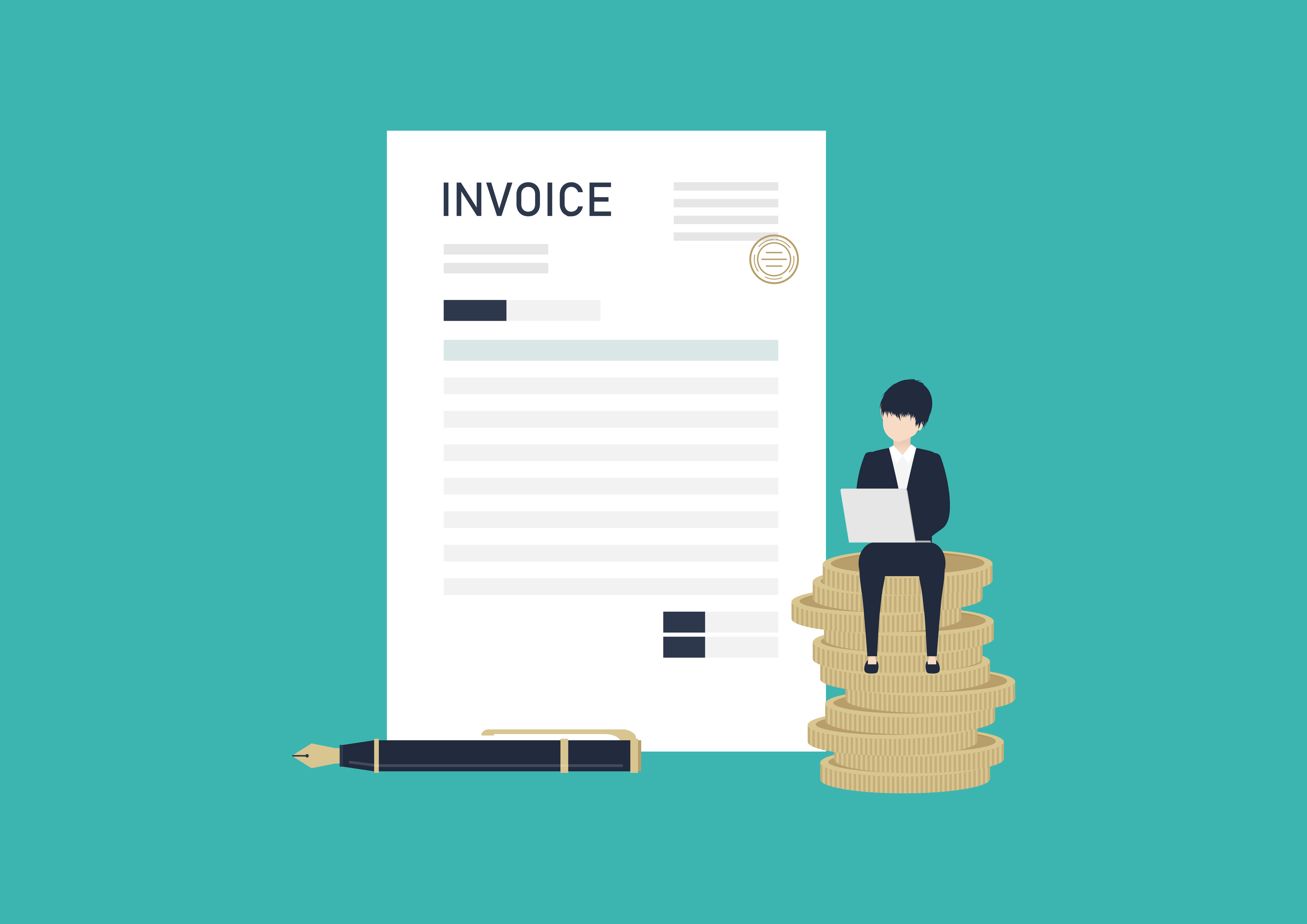Rates vs. Calculators vs. Pour Outs vs. Itemized Invoicing

Learn about the various methods for getting reimbursed for material costs.
Right now in the industry stands three major methods of calculating material costs. A materials supply rate that is applied to paint hours on an estimate, the prescribed refinish costs provided by paint calculators such as RMC, and then real pour outs as documented by the various mixing softwares per paint line. Each has its own distinct benefits and drawbacks.
Rates applied to paint hours are the longest standing of methods dating back to the last century. For a long time it was practical because, no one was willing to do the bean counting in order to account for and calculate the costs of every little thing that was used on a repair. Back in the “good days” rates were not so heavily suppressed by insurance and inflation hadn’t run so rampant as to drive up supply costs too aggressively, thus the rate applied to paint hours often times adequately reimbursed shops for the cost of repair. However if you fast forward to today, inflation has aggressively driven up the cost of materials, frequent backorders and price hikes occur due to supply chain tension, and the rates have slowed or grinded to a halt completely. In Connecticut for example the supply rate was between 27 and 30 dollars in the early 2000’s, today it has only gone up to 30-33. Despite the fact that if you account for inflation within the last 20 years $30 in 2004 is $44.56 today in 2022. Yet rates have not followed the same trajectory. That means the problem is twofold, you are paying more for materials, and simultaneously being paid less for them than you were just 15 to 20 years ago. There is yet another issue at play here. It is that the paint hours that this rate is applied to are also being suppressed. There are now caps for clear coat at 2.5 hours, deductions for overlapping panels resulting in minus 0.3 or 0.4 hours, and a general low labor charge for paint as provided by most estimating softwares whose stock is primarily owned by the same insurance companies that benefit from rate suppression. Now it is common sense that your clear coat still costs money after 2.5 hours, and although an adjacent panel may yield a reduction in refinish time it does not constitute and reduction in material costs. Whether a door is adjacent to another panel being refinished it is still the same amount of material/material cost even though the software reduces the refinish hours and thus the supply rate applied to those refinish hours. Generally this method is inaccurate, does not account for the nuances between jobs, and has ultimately become tremendously outdated and costly for shops to continue to accept. This is why most shops have moved to refinish calculators.
Ready to save your save your shop money?
Refinish calculators like RMC are a step in the right direction and often yield a much higher payout than what would otherwise be with a rate applied to refinish hours. Even better still most major insurance companies accept them. However there are still inadequacies even with this method. The refinish calculator does not acknowledge a difference in paint lines, or in the differences of costs of different brands. A no name solvent brand of paint will have a drastically different cost than waterborne paints resembling the OEM from large companies such as PPG or BASF for example. Regardless of your paint technology, process, or consumption per job, the calculator bases its cost on preset values per panel. Additionally many shops find it difficult to include materials that often fall into the “body” side category of materials such as, abrasives, cartridge products, grinding, welding etc. These often times have to be included in the body of the estimate as a line item if it is explicitly produced by the shops damage estimator, otherwise it is not accounted for at all. You may say the solution is to charge for real pour out and usage directly from the exportable in your shops paint mixing software. This is also a step in the right direction. However this also means you are mitigating the scope of your materials charge by only including fluid paint products. What about your cup liners and lids, strainers, tack cloths, masking, cleaning a pre-paint solvent wipes? All of these other paint materials are overlooked in real pour out situations, not to mention the omission of body materials again being a problem.
The new industry solution that offers maximal benefit with none of the drawbacks is total and complete itemized invoicing for everything per vehicle. This means length of blocking paper, number of DA sheets, portions of cartridges and canisters used, and exact grams/ounces for all paints and fluid products from primer/sealer to base to clear. Having an invoice that documents exact usage per job and calculates the cost of each itemized usage exactly is a hyper accurate, and transparent way to litigate your much needed materials concessions and supplements from insurance. Whether you use our solution or not it is important for shops to begin the process of influencing a culture change now, before inflation continues to squeeze margins.
Product
Company
Subscribe to our newsletter
Get the latest industry news sent directory to you.
© 2025 EagleMMS, Inc. All rights reserved.